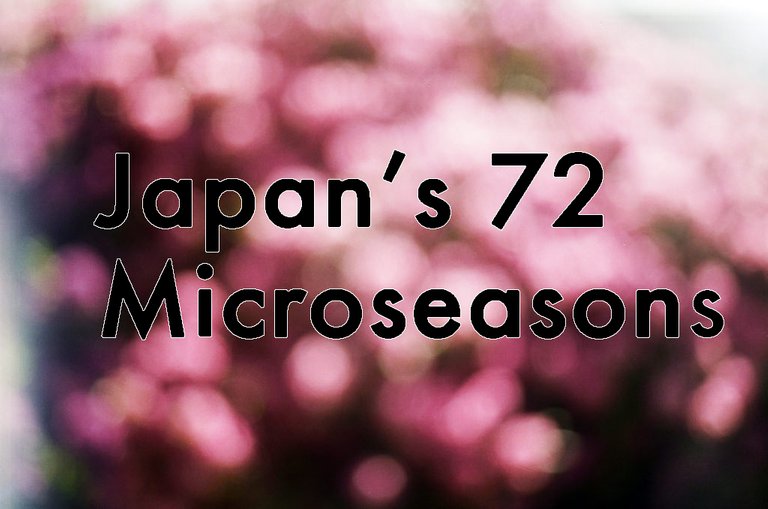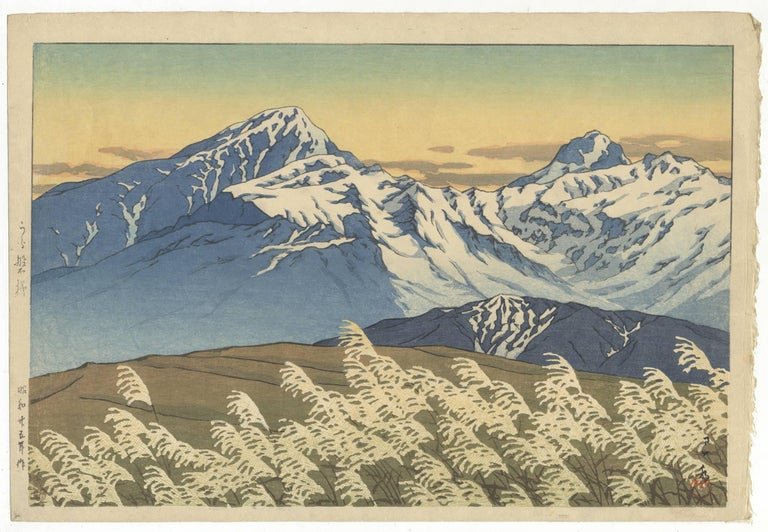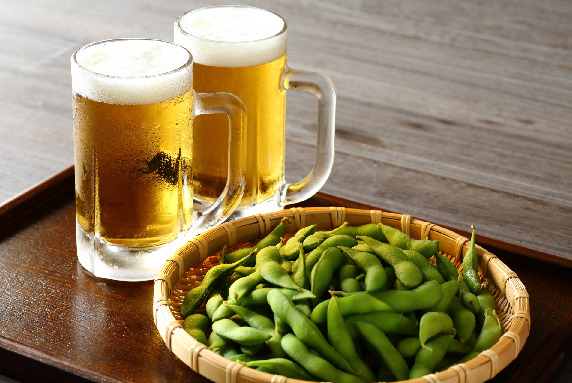Microseason Forecast for Nov 22-Nov 27 ~ Notes from the Japanese Almanac

Yesterday began a new microseason! If this is your first time joining us, scroll down past the forecast to read about what exactly a microseason is. For the rest of you, let’s jump in!
The Current Solar Term: Shōsetsu
Yesterday, Nov 22, began Shōsetsu (小雪), the 20th solar term (節気, sekki), which means small snow.
This isn’t snow for most of the country yet, just in the mountains, and perhaps in the northern parts of the country. The cold winter wind is now strong enough that we are feeling it daily. This is start of the cold season.
Shōsetsu lasts until Dec 06.
The Current Microseason: Rainbows No Longer Seen
Yesterday, Nov 22, also began 虹蔵不見, the 58th microseason (候, kō) which is read niji kakurete miezu and means rainbows no longer seen. This is the first microseason of Shōsetsu, which is itself the second solar term of winter.
Of old it was thought that rainbows were a result of yin and yang mixing. As winter is dominated by yin, rainbows were thought to disappear at this time. While we can see rainbows in winter sometimes when it is unseasonably warm (there is in fact a haiku kigo for this) it is not all that common.

Seasonal Vegetable: Soybeans
Next to rice, soybeans are probably the most important food in Japan. Many common basic Japanese foods are made from soybeans, including nattō, tofu, miso, soy sauce, and kinako (powered soybeans, commonly used in sweets). These things form the basic ingredients of much Japanese food.
And let’s not forget edamame, commonly eaten at bars as a side to the beer. I think that’s one custom that has moved to many places in the US as well.

Here is a haiku for this microseason:
tanjitsu no ima hanayaka ya hayatomori
merriment comes soon
streets light up early
—Ikenouchi Tomojirō
The shorter days mean the night mood settles in earlier than usual. This is time when we might break out the stronger saké (like shōchū) to help keep warm.
The kigo here is short days, tanjitsu. It is a kigo for all winter.

Will move this info to another post one of these days, but for now, briefly:
- Each month has two seasons, called solar terms (節気, sekki), giving us a total of 24 seasons. This gives the system its name, the 24 Sekki (二十四節気). I usually refer to this entire system as The Japanese Almanac. It is more than a little similar to the American Farmer’s Almanac.
- Each of these 24 seasons is further subdivided three more times, giving us a grand total of 72 seasons, or microseasons (候, kō).
- Each microseason is about 5 days. With time periods so short, they can get pretty specific about what in nature we might expect to be happening around now.
- The system was originally from China, but it was reformatted during the Edo Era (1603–1868) to fit better with Japan’s climate. I find it also fits fairly well with much of the Midwest in the Eastern half of the US. But if you live in a different area, your milage may vary.
- The entire system is based on the equinoxes and solstices, so it is fluid and the exact dates will vary by a day or two from year to year. Luckily there are a great many Japanese sources that do the astrological computations for us and tell us exactly when each one starts and ends every year.

The next microseason starts on Nov 27. See you then for the next forecast!
❦
 |
David LaSpina is an American photographer and translator lost in Japan, trying to capture the beauty of this country one photo at a time and searching for the perfect haiku. |
If this blog post has entertained or helped you, please follow/upvote/reblog. If you want to further support my writing, donations are welcome.
I learned something new, and I guess even many Japanese don't know about the microseasons!
And a very nice woodprint of Ginz in spring, I like it!
I am not Japanese, but I also learned something new. This is the first time I hear about microseasons. Have a nice day. All the best. Greetings from Hungary.
This post has received a 100.00% upvote from @fambalam! Join thealliance community to get whitelisted for delegation to this community service.